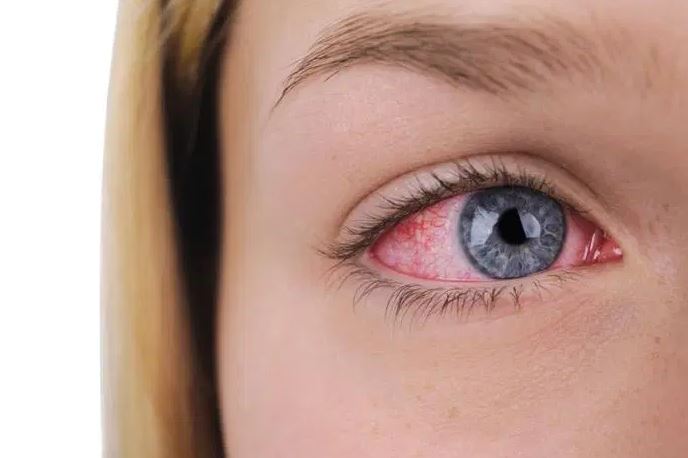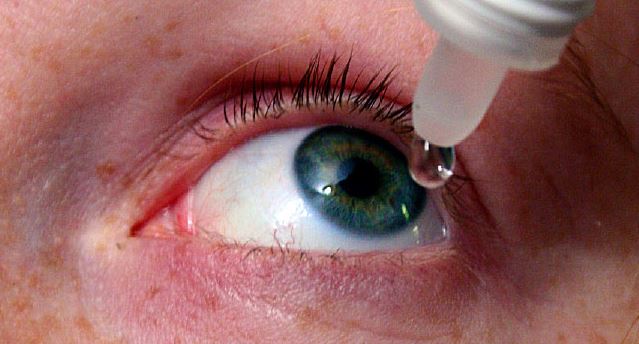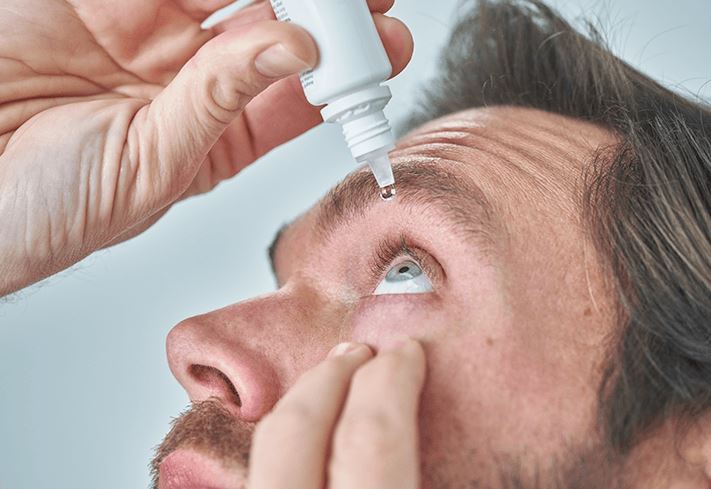
Dry eye is an eye condition whose symptoms lead to nocturnal ocular dryness: it consists of a qualitative and quantitative alteration of the tear film, namely the film covering the cornea’s surface and the average ratio between the eye and the external environment. The tear film is essential because it guarantees: the correct lubrication of the eye (which allows, in turn, proper eyelid movement), the oxygenation of the cornea, the protection and cleaning of the eye against external impurities.
What Are the Symptoms?
 The symptoms related to dry eye disease are very easy to recognize. Here are some signs:
The symptoms related to dry eye disease are very easy to recognize. Here are some signs:
- Burning and pain in the eyes
- itch
- Redness
- The feeling of having “sticky” eyes
- Dry eye on waking
- Clouded view
- Foreign body sensation under the eyelids
- A sensation of sand in the eyes
- Visual fatigue
- Feeling wet eyes without having watery eyes
These are all symptoms of dry eyes which, if not taken in time, can degenerate.
What Are the Causes of Dry Eye?
 This type of disorder mainly affects the elderly population. The causes are many:
This type of disorder mainly affects the elderly population. The causes are many:
- It can be the consequence of rheumatic or chronic pathologies.
- More frequently, it can be caused by excessive and incorrect exposure to PC monitors.
- It can also happen to pregnant women due to hormonal imbalances or even for the prolonged use of certain drugs such as antidepressants, diuretics, or hormones that inhibit the production of tears.
- Environmental factors. A poorly conditioned and heated environment can cause dry eyes: excessive heating, low humidity environments, air conditioning, and the presence of smoke are all factors that certainly affect the appearance of this disorder.
- Abuse in the use of contact lenses.
- Sjögren’s syndrome: an inflammatory immunological disease that tends to occur together with other autoimmune disorders – such as rheumatoid arthritis – which affects the exocrine glands. Among other symptoms, it can cause dry eyes, mouth, and other mucous membranes.
What Are the Remedies and Treatments for Dry Eye?
If your eyes feel heavy at the end of the day, lubricating eye drops can help. On the other hand, if symptoms such as constantly burning eyes, pain, a sense of foreign body, or rubbing are perceived since the afternoon, then the irritation may already be advanced. At that point, the artificial tears will help very little.
In any case, there are new generations of multiple action tear substitutes on the market (the so-called MATS: Multiple Action Tear Substitutes) that act more effectively than classic artificial tears and can help replenish the tear film.
An innovative alternative to traditional treatment is pulsed light: thanks to it, it is possible to stimulate the Meibomian glands, whose dysfunction can cause reduced tear production, to resume their correct functioning.



